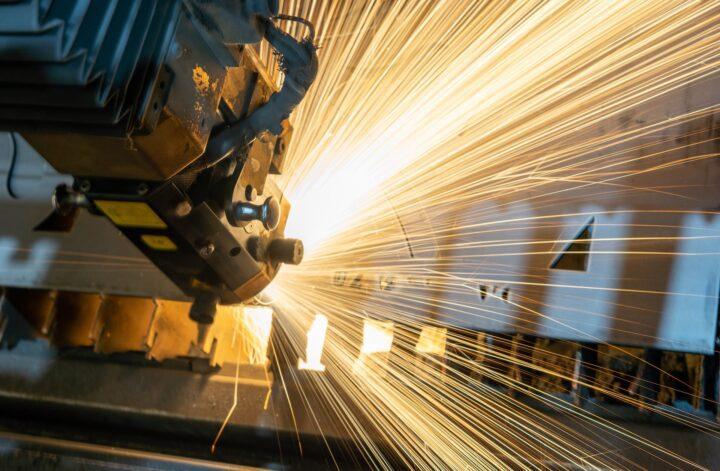Manufacturing businesses must be efficient in order to remain competitive. To achieve higher levels of efficiency, many companies are turning to automation and advanced technology solutions. This blog post will discuss key ways that manufacturers can improve their production efficiency: by streamlining processes and eliminating waste; using data-driven decision-making; leveraging predictive analytics for preventative maintenance; optimising machine utilisation rates; and developing a culture of continuous improvement.
With these strategies in place, manufacturers can increase productivity while reducing costs—a winning combination for any business!
Streamlining Processes and Eliminating Waste
Manufacturers can optimise their production efficiency by streamlining processes and eliminating waste. This approach reduces task completion time and material overheads. Furthermore, automating select processes using robotics or advanced technologies can help minimise costly errors and manual labour expenses.
Implementing Data-Driven Decision Making
Collecting and analysing data is a game-changer for manufacturers seeking to enhance efficiency and increase output capacity. By practising data-driven decision-making, manufacturers can pinpoint problem areas in the production process and respond proactively. Additionally, data insights can anticipate shifts in consumer demand and keep production on target. Say goodbye to hesitation about the material or part replacements; data-driven insights can guide these decisions and reveal potential cost savings from more efficient processes. Put your trust in data and watch your manufacturing operation excel.
Leveraging Predictive Analytics for Preventative Maintenance
Predictive analytics is a powerful tool for improving production efficiency in manufacturing. Predictive analytics allows manufacturers to anticipate and prevent potential issues, decreasing the probability of shutdowns or other disruptions that can significantly slow down the production process. With predictive analytics, manufacturers can monitor machine performance in real time and proactively address any potential issues before they become major problems.
Additionally, predictive analytics can help to identify trends in maintenance needs so that preventive measures can be taken at ideal intervals to reduce downtime. By leveraging predictive analytics for preventative maintenance, manufacturers can reduce costly repairs and increase overall production efficiency.
Optimising Machine Utilisation Rates
Optimising machine utilisation involves adding or changing shifts to utilise machines more effectively or looking for ways to reduce setup times between different operations. Additionally, by understanding which machines are the most efficient and maximising their usage, manufacturers can get the most out of their capital investments by squeezing every last bit of efficiency out of them. This will help to increase overall production output while reducing costs, improving the bottom line for any manufacturer looking to increase their efficiency.
Invest in Quality Machinery
Manufacturers can greatly benefit from investing in quality machinery. Not only does it reduce costly downtime due to breakdowns and repairs, but higher-quality output and longer product life cycles are achieved. Quality machinery can also streamline operations by reducing setup times and improving automation. Additionally, the cost savings from cutting down on materials overheads and reducing waste from inefficient machines make the investment worth it.
By investing in the best equipment available, manufacturers can maximise their production efficiency and achieve long-term success. Invest in an air cannon today and see your production skyrocket!
Manufacturers who want to improve production efficiency can benefit from data-driven insights, predictive analytics, optimised machine utilisation rates, and investing in quality machinery. These strategies not only reduce downtime caused by breakdowns or repairs but also increase output through better automation of processes.
Moreover, they trim down setup times, cut materials overheads, and save costs. By adopting these strategies into their business models, manufacturers can achieve optimum performance and long-term success. Let’s take your business to the next level!




